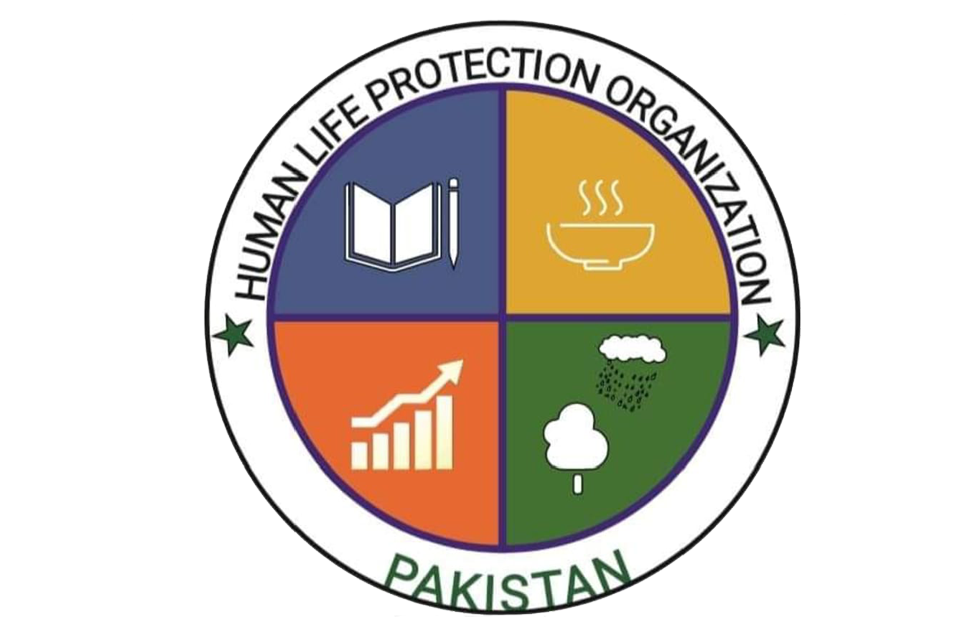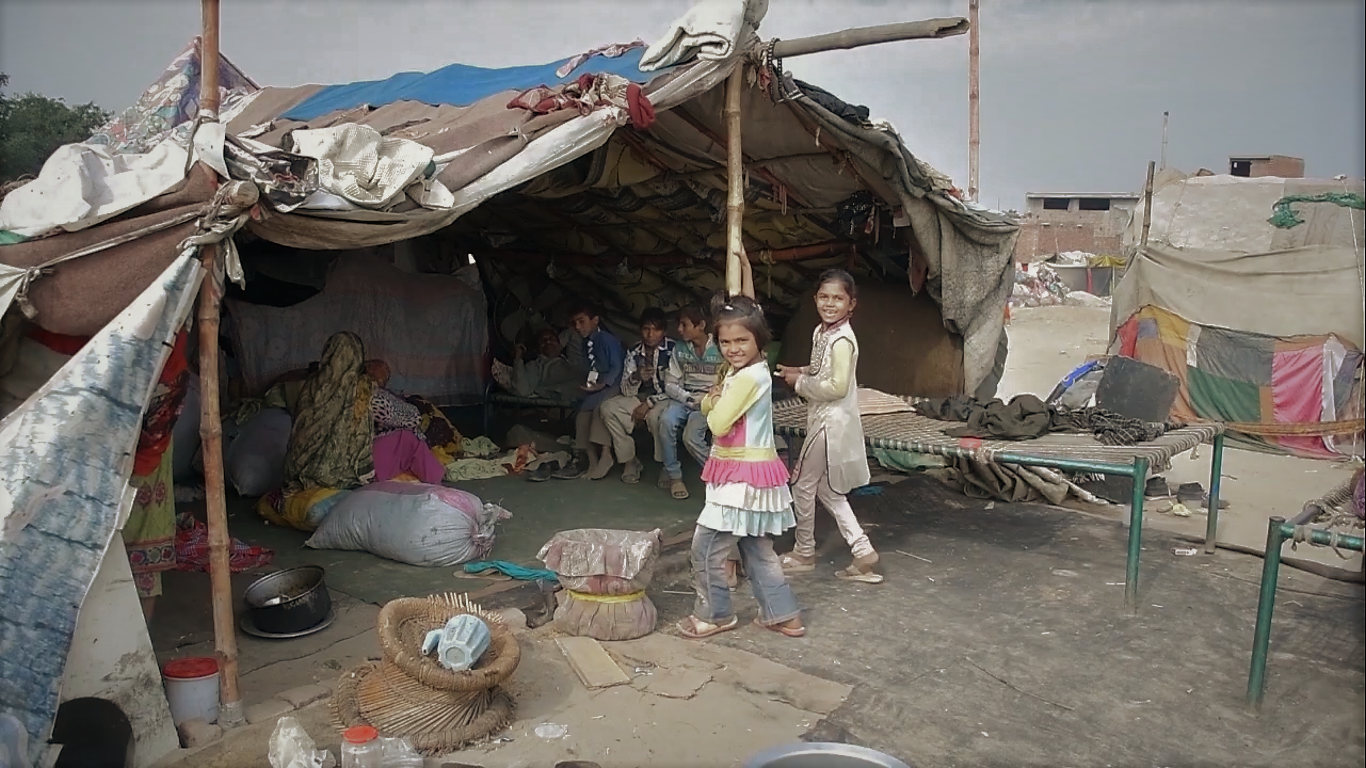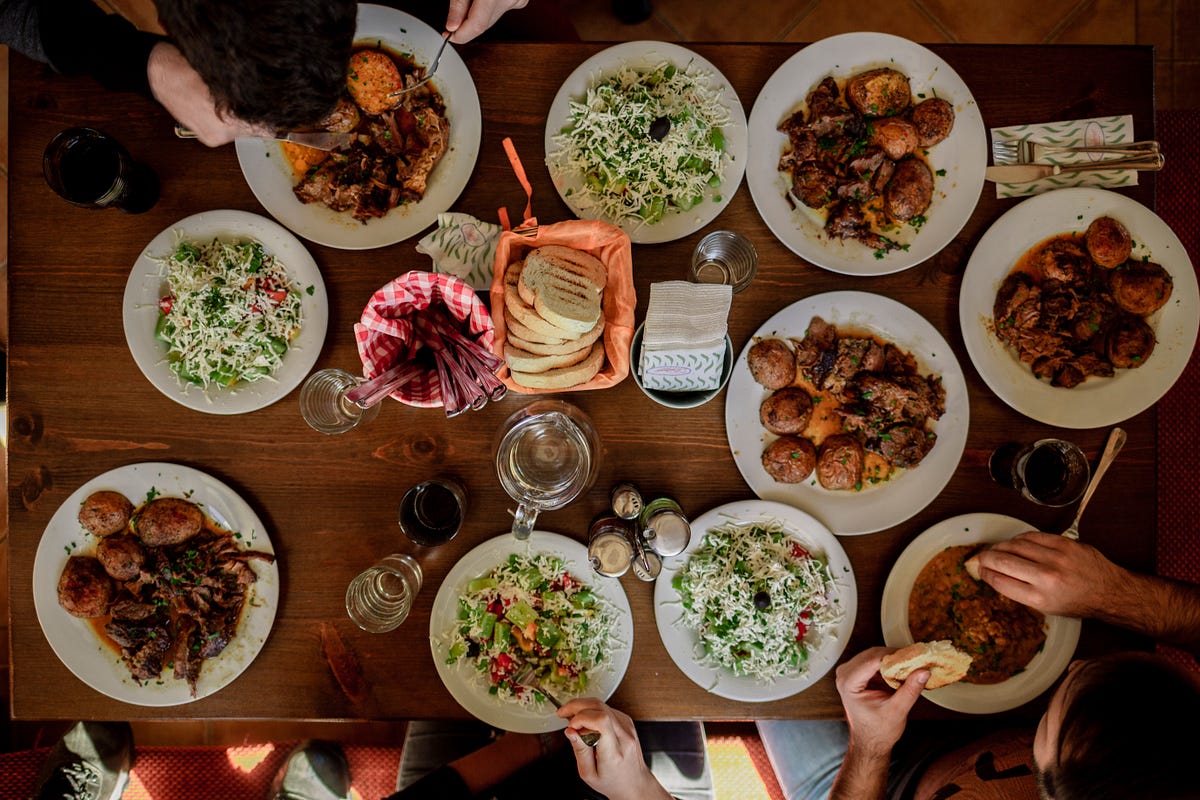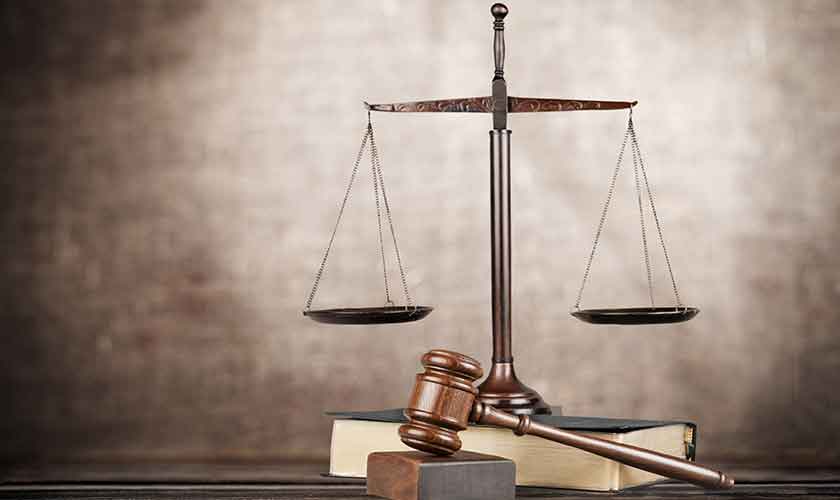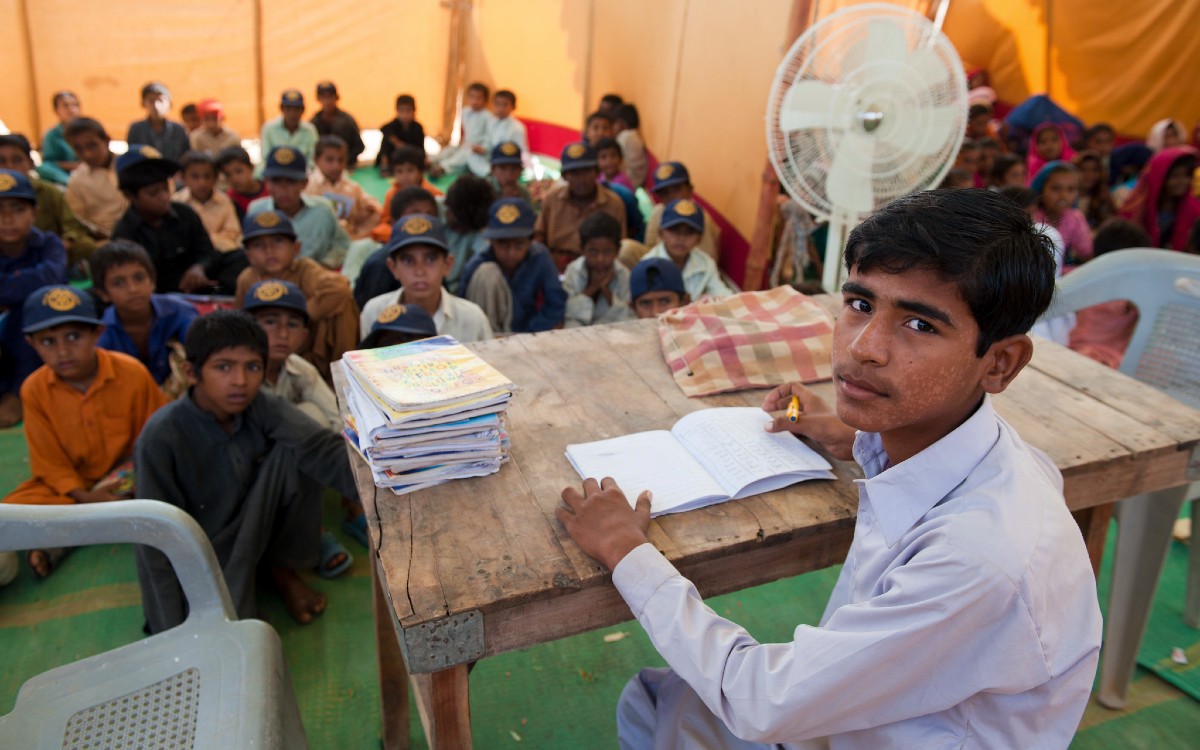Tackling Unemployment in Pakistan: Training and Solutions for Sustainable Employment
Tackling Unemployment in Pakistan: Training and Solutions for Sustainable Employment Unemployment remains one of the most pressing challenges facing Pakistan today. With a rapidly growing population, the demand for jobs far outstrips the available opportunities, leading to widespread joblessness, especially among the youth. However, addressing this issue is not insurmountable. Through targeted training programs and innovative solutions, we can bridge the gap between job seekers and employment opportunities, fostering sustainable economic growth and development. The Employment Crisis in Pakistan Pakistan’s unemployment rate has been a persistent concern, compounded by factors such as a burgeoning youth population, economic instability, and inadequate education and training systems. Many young people enter the job market without the necessary skills or qualifications, leading to underemployment and frustration. Additionally, traditional industries are struggling to keep pace with technological advancements, resulting in a mismatch between the skills offered by job seekers and the demands of employers. Training for Various Jobs: Empowering the Workforce One of the most effective ways to combat unemployment is through comprehensive job training programs. By equipping individuals with the skills that are in demand, we can significantly improve their employability and open up new career opportunities. Vocational Training ProgramsVocational training provides practical skills that are directly applicable to specific trades or industries. These programs can range from technical training in fields like automotive repair, electrical work, and plumbing to creative skills such as graphic design and culinary arts. By focusing on hands-on experience, vocational training ensures that participants are job-ready upon completion. Technical EducationIn today’s digital age, technical skills are increasingly valuable. Programs in information technology, software development, and digital marketing can prepare individuals for high-demand roles in the tech industry. Partnering with tech companies and educational institutions can ensure that the curriculum is aligned with industry standards and emerging trends. Soft Skills DevelopmentWhile technical skills are crucial, soft skills such as communication, teamwork, and problem-solving are equally important. Training programs that incorporate soft skills development can help individuals navigate the workplace more effectively and enhance their overall job performance. Workshops and seminars focused on these skills can make a significant difference. Entrepreneurship TrainingFor many, self-employment and entrepreneurship are viable paths to economic stability. Training programs that teach business management, financial planning, and marketing can empower individuals to start and grow their own businesses. Support through mentorship and access to microfinance can further bolster these efforts. Suggestions for Employment Solutions To create a sustainable employment landscape in Pakistan, a multifaceted approach is necessary. Here are some suggestions to tackle unemployment effectively: Public-Private PartnershipsCollaboration between the government and private sector can drive job creation. Incentivizing businesses to set up operations in underserved areas and investing in infrastructure can stimulate local economies and create employment opportunities. Public-private partnerships can also facilitate the development of industry-specific training programs. Enhancing Education SystemsReforming the education system to align with market needs is crucial. Incorporating vocational and technical training into the mainstream education curriculum can better prepare students for the workforce. Additionally, continuous professional development for teachers and educators can ensure they are equipped to impart relevant skills. Investing in Emerging IndustriesFocusing on emerging industries such as renewable energy, information technology, and digital services can create new job opportunities. By investing in these sectors, the government can drive innovation and economic growth, leading to a more diverse and resilient job market. Job Placement ServicesEstablishing robust job placement services can bridge the gap between job seekers and employers. These services can provide career counseling, resume building workshops, and job fairs to connect individuals with potential employers. Online platforms and mobile apps can also enhance accessibility and reach. Microfinance and Small Business SupportProviding access to microfinance and support for small businesses can stimulate entrepreneurship and self-employment. Financial literacy programs and business advisory services can help budding entrepreneurs manage and grow their ventures effectively. Conclusion Addressing unemployment in Pakistan requires a concerted effort from all sectors of society. By focusing on targeted training programs and implementing innovative employment solutions, we can create a more inclusive and dynamic job market. Empowering individuals with the skills they need to succeed will not only improve their livelihoods but also contribute to the overall economic growth and development of the country. Together, we can build a future where every Pakistani has the opportunity to work, thrive, and achieve their full potential.
Providing Homes to the Homeless: Transforming Lives in Pakistan
Providing Homes to the Homeless: Transforming Lives in Pakistan In Pakistan, the dream of having a safe and secure home remains elusive for many. With a significant portion of the population living below the poverty line, homelessness is a pressing issue that demands urgent attention. As an organization committed to improving the lives of the underprivileged, our mission to provide homes to poor families and homeless individuals is a cornerstone of our efforts to foster sustainable development and social equity in Pakistan. The Challenge of Homelessness in Pakistan Homelessness in Pakistan is a multifaceted problem. It is not merely a lack of shelter but a complex issue intertwined with poverty, unemployment, and inadequate access to basic services. Many families live in informal settlements with no legal tenure, leaving them vulnerable to eviction. These settlements often lack essential services such as clean water, sanitation, and electricity, exacerbating the hardships faced by their residents. Urbanization has further intensified the housing crisis. Rapid migration to cities in search of better economic opportunities has led to overcrowded slums where living conditions are deplorable. In rural areas, economic stagnation and natural disasters, such as floods and earthquakes, have displaced countless families, leaving them without homes. Our Mission: Providing Homes, Providing Hope Our organization is dedicated to addressing this critical issue by providing homes to those who need them most. Our approach is holistic, aiming not just to build houses but to create thriving communities where families can live with dignity and security. Affordable Housing Projects We are developing affordable housing projects that cater specifically to low-income families. These projects are designed with input from the communities they serve, ensuring that the houses meet their needs and preferences. Our housing units are built to be durable and sustainable, using cost-effective construction techniques and materials. By doing so, we ensure that these homes are not only affordable but also resilient to the challenges posed by the environment. Community Involvement and Empowerment We believe that community involvement is crucial to the success of our housing initiatives. We engage with local communities from the planning stage through to the construction and allocation of homes. This participatory approach ensures that the projects are tailored to the specific needs of the residents and fosters a sense of ownership and responsibility among them. We also provide training in basic home maintenance and financial management to help families sustain their new living conditions. Integrated Support Services Our housing projects are complemented by a range of support services aimed at improving the overall quality of life for the residents. These include access to clean water, sanitation facilities, and electricity. We also facilitate access to education, healthcare, and livelihood opportunities to help families break the cycle of poverty. Our goal is to create integrated communities where residents can thrive economically and socially. Partnerships and Collaborations To maximize the impact of our efforts, we collaborate with other non-governmental organizations, government bodies, and private sector partners. These partnerships allow us to pool resources, share expertise, and implement comprehensive solutions that address the root causes of homelessness. By working together, we can create more sustainable and scalable housing solutions. Impact and Future Goals Our efforts to provide homes to homeless families have already made a significant impact. Numerous families who once faced the uncertainty of life on the streets or in precarious informal settlements now have a place to call home. Children can attend school regularly, health outcomes have improved, and families can focus on building better futures. Looking ahead, we aim to expand our housing projects to reach more communities across Pakistan. We are also exploring innovative housing solutions, such as modular homes and eco-friendly construction methods, to further enhance the sustainability and affordability of our projects. Conclusion Providing homes to the homeless is more than just an act of charity; it is a fundamental step towards building a more equitable and just society. By addressing the housing crisis in Pakistan, we are not only offering shelter but also restoring hope and dignity to countless families. Our commitment to this cause remains steadfast, and we invite everyone to join us in this transformative journey to ensure that every family in Pakistan has a safe place to call home.
Exploring the Culinary Tapestry of Pakistan: A Journey Through Food
Exploring the Culinary Tapestry of Pakistan: A Journey Through Food Pakistan, a country rich in culture and history, boasts a vibrant culinary scene that is as diverse as its people. From the aromatic spices of Punjab to the rich flavors of Sindh, the hearty dishes of Khyber Pakhtunkhwa, and the unique cuisine of Balochistan, Pakistani food offers a gastronomic journey that reflects the country’s cultural mosaic. This blog delves into the essence of Pakistani cuisine, its regional variations, and the evolving food culture in the modern era. Regional Delicacies Punjab: The Heart of Hearty Meals Punjab, known for its fertile lands, is the agricultural heartland of Pakistan. Punjabi cuisine is characterized by its robust and flavorful dishes. Classics like Butter Chicken, Palak Paneer (spinach with cottage cheese), and Lassi (a yogurt-based drink) dominate the culinary landscape. Biryani and Nihari are also beloved, often prepared for special occasions. The use of dairy products like ghee, butter, and yogurt is prominent, adding richness to the dishes. Sindh: A Symphony of Spices Sindhi cuisine is distinguished by its extensive use of spices and bold flavors. Dishes such as Sindhi Biryani, known for its aromatic spices and tender meat, and Saag (cooked mustard greens) are staples. The Sindhi breakfast dish Bhugal Gosht (slow-cooked meat) and Seviyan (sweet vermicelli) are also popular. Sindh’s coastal areas contribute seafood dishes that are a must-try. Khyber Pakhtunkhwa: Meat Lover’s Paradise The cuisine of Khyber Pakhtunkhwa (KP) is heavily influenced by its Pashtun heritage, emphasizing meat, particularly lamb and beef. Dishes such as Chapli Kebab (spiced minced meat patties), Peshawari Naan, and Kabuli Pulao are renowned. KP’s food is less spicy compared to Sindhi and Punjabi cuisine but is rich in flavor due to the use of dried fruits and nuts. Balochistan: The Land of Unique Flavors Balochi cuisine, lesser-known but equally delicious, features unique dishes like Sajji (whole lamb marinated and slow-roasted) and Kaak (traditional bread). The food reflects the nomadic lifestyle of the Baloch people, emphasizing simple yet flavorful ingredients. Street Food: A Taste of Everyday Life Pakistani street food is an essential part of the country’s culinary culture. From the bustling streets of Karachi to the historic alleys of Lahore, vendors offer an array of delicious snacks. Gol Gappa (crispy shells filled with spicy water), Chaat (a tangy mix of potatoes, chickpeas, and spices), and Samosas (fried pastry filled with potatoes or meat) are beloved by all. Karachi’s Bun Kebab and Lahore’s Fish Fry are also iconic. Modern Influences and Fusion Cuisine In recent years, Pakistani cuisine has seen a fusion of traditional flavors with modern culinary techniques. Restaurants and home chefs are experimenting with new dishes that blend local ingredients with international styles. The growing popularity of food blogs and cooking shows has also contributed to a renewed interest in Pakistani cooking, both locally and internationally. Challenges and Opportunities Despite its rich culinary heritage, Pakistan faces challenges related to food security and nutrition. Ensuring access to nutritious food for all segments of the population remains a priority. Initiatives to promote sustainable agriculture, reduce food wastage, and enhance food distribution systems are crucial. Additionally, the rise of fast food and processed foods poses health risks, highlighting the need for public awareness about healthy eating habits. Conclusion Pakistani cuisine is a testament to the country’s rich cultural diversity and history. From the hearty dishes of Punjab to the spicy flavors of Sindh, the meat-rich cuisine of Khyber Pakhtunkhwa, and the unique offerings of Balochistan, each region contributes to the nation’s vibrant food landscape. As Pakistan continues to evolve, its culinary traditions remain a source of pride and unity, bringing people together over shared meals and cherished recipes. Whether enjoyed at a bustling street market or a family dinner table, Pakistani food offers a delicious and meaningful journey through the heart of the nation.
The Legal Landscape in Pakistan: Challenges and Opportunities
The Legal Landscape in Pakistan: Challenges and Opportunities Pakistan’s legal system is a complex blend of inherited colonial laws, Islamic jurisprudence, and modern statutes. This unique combination reflects the country’s diverse historical and cultural heritage. However, despite its rich legal framework, Pakistan faces significant challenges in ensuring justice, transparency, and the rule of law. This blog explores the current state of the legal system in Pakistan, highlighting the key issues and potential pathways for reform. Historical Context Pakistan’s legal system is rooted in the British colonial era, which introduced a comprehensive body of laws and a judicial structure. Post-independence, Pakistan retained much of this legal framework while incorporating Islamic principles through various amendments and laws. This dual legal system aims to balance modernity with tradition, but it often leads to complexities and inconsistencies. Key Challenges Judicial Backlog and Delays: One of the most pressing issues is the massive backlog of cases in courts. The slow pace of legal proceedings often means that justice is delayed, which can be tantamount to justice denied. It is not uncommon for cases to drag on for years, if not decades, due to procedural delays and resource constraints. Access to Justice: Access to legal services remains a significant challenge, particularly for marginalized communities and rural populations. Legal aid is limited, and many people are unable to afford private legal representation, leaving them vulnerable and without recourse. Corruption and Inefficiency: Corruption within the legal system undermines public trust and impedes the fair administration of justice. From bribery to influence peddling, corrupt practices can skew outcomes and erode the rule of law. Legal Literacy: A lack of awareness about legal rights and processes among the general population exacerbates issues of access and justice. Many citizens are unaware of their rights or the mechanisms available to address grievances. Human Rights Concerns: Pakistan faces significant human rights challenges, including issues related to freedom of speech, gender equality, and minority rights. Despite constitutional guarantees, enforcement remains inconsistent, and violations are not uncommon. Overlapping Jurisdictions: The coexistence of secular and Islamic laws can lead to jurisdictional overlaps and conflicts. This dual system sometimes creates confusion and inconsistency in legal interpretations and judgments. Opportunities for Reform Judicial Reforms: Streamlining judicial processes and increasing the number of judges can help address the backlog of cases. Implementing alternative dispute resolution mechanisms, such as mediation and arbitration, can also expedite the resolution of disputes. Legal Aid and Pro Bono Services: Expanding legal aid programs and encouraging pro bono services by lawyers can improve access to justice for the underprivileged. Public-private partnerships in legal aid can be particularly effective. Anti-Corruption Measures: Strengthening anti-corruption laws and ensuring strict enforcement can reduce corruption within the legal system. Establishing independent oversight bodies to monitor and investigate corruption can enhance accountability. Legal Education and Awareness: Promoting legal literacy through public education campaigns and incorporating basic legal education into school curricula can empower citizens to understand and exercise their rights. Human Rights Protection: Strengthening institutions like the National Commission for Human Rights and ensuring their independence can enhance the protection of human rights. Implementing international human rights conventions and improving enforcement mechanisms are crucial steps. Harmonizing Legal Systems: Efforts to harmonize secular and Islamic laws can reduce conflicts and ensure a more coherent legal framework. Engaging religious scholars and legal experts in dialogue can help reconcile differences. Technological Integration: Leveraging technology can improve the efficiency of the legal system. E-filing of cases, virtual hearings, and digitization of court records can reduce delays and enhance transparency. Conclusion The legal system in Pakistan, while robust in its framework, faces significant challenges that impede the fair and efficient administration of justice. Addressing issues like judicial delays, access to legal services, corruption, and human rights violations requires comprehensive reforms and a commitment to the rule of law. By implementing strategic reforms, promoting legal literacy, and leveraging technology, Pakistan can build a more just and equitable legal system that upholds the rights of all its citizens. Ensuring justice for all is not just a legal imperative but a cornerstone for the socio-economic development and stability of the nation.
The Health Landscape in Pakistan: Challenges and Prospects
The Health Landscape in Pakistan: Challenges and Prospects Health is a cornerstone of human development, essential for the overall well-being and economic progress of any nation. In Pakistan, the health sector faces significant challenges, from inadequate infrastructure and funding to a shortage of healthcare professionals and systemic inefficiencies. Despite these hurdles, there are opportunities and ongoing efforts to improve healthcare delivery and outcomes across the country. This blog delves into the current state of health in Pakistan, highlighting the primary challenges and exploring potential pathways to a healthier future. Current State of Health in Pakistan Pakistan’s healthcare system is a mix of public and private providers, with public sector healthcare being the primary source for the majority of the population. However, the public healthcare system struggles with limited resources, outdated facilities, and an overburdened workforce. The country’s health indicators reflect these challenges, with Pakistan lagging behind many other countries in key health metrics. The infant mortality rate in Pakistan is approximately 55 deaths per 1,000 live births, and the maternal mortality rate is around 140 deaths per 100,000 live births. These figures are significantly higher than global averages and underscore the critical need for improved maternal and child health services. Additionally, Pakistan faces a double burden of disease, with both communicable diseases like tuberculosis, malaria, and hepatitis, and non-communicable diseases (NCDs) such as diabetes, cardiovascular diseases, and cancer on the rise. Key Challenges Inadequate Healthcare Infrastructure: Many health facilities, particularly in rural areas, lack basic amenities such as clean water, sanitation, and electricity. Hospitals and clinics are often understaffed and ill-equipped to handle the patient load, leading to suboptimal care. Funding Constraints: Pakistan allocates around 2.8% of its GDP to healthcare, far below the recommended 5-6% by the World Health Organization (WHO). This underfunding affects every aspect of the health system, from infrastructure and equipment to the availability of essential medicines. Shortage of Healthcare Professionals: There is a critical shortage of doctors, nurses, and allied health professionals in Pakistan. The doctor-to-patient ratio is about 1:1,300, significantly below the WHO recommended ratio of 1:1,000. This shortage is more pronounced in rural areas, exacerbating health disparities. Access and Equity: Healthcare access is uneven, with urban areas having better facilities and services compared to rural regions. Socio-economic disparities further limit access to quality healthcare for marginalized populations. Healthcare Quality: The quality of care in many public health facilities is compromised by outdated practices, lack of continuous professional development for healthcare workers, and inadequate regulatory oversight. Opportunities for Improvement Increased Investment: Boosting healthcare funding is crucial. The government needs to prioritize healthcare in its budget, ensuring adequate resources for infrastructure development, equipment, and human resources. Public-Private Partnerships: Collaborations between the public and private sectors can help bridge resource gaps. Private sector involvement can introduce efficiency, innovation, and additional funding into the healthcare system. Primary Healthcare Focus: Strengthening primary healthcare services can alleviate the burden on tertiary hospitals and provide more accessible and affordable care for the population. This includes enhancing community health centers and preventive care programs. Healthcare Workforce Development: Investing in the education and training of healthcare professionals is essential. Expanding medical and nursing schools, providing scholarships, and improving working conditions can attract and retain talent. Technological Integration: Leveraging technology can enhance healthcare delivery. Telemedicine, mobile health units, and digital health records can improve access to care, especially in remote areas. Health Awareness and Education: Public health campaigns and community education programs can promote healthy lifestyles, disease prevention, and early diagnosis, reducing the overall disease burden. Policy and Governance Reforms: Effective healthcare policies, robust regulatory frameworks, and transparent governance are critical for ensuring quality care and accountability within the health system. Conclusion The health sector in Pakistan faces significant challenges, but with strategic investments, policy reforms, and collaborative efforts, there is potential for meaningful improvement. Enhancing healthcare infrastructure, increasing funding, addressing workforce shortages, and leveraging technology are key steps towards a healthier Pakistan. Ensuring equitable access to quality healthcare will not only improve individual well-being but also contribute to the socio-economic development of the nation. The journey towards a robust healthcare system is challenging, but with sustained commitment and innovation, Pakistan can achieve better health outcomes for all its citizens.
The State of Education in Pakistan: Challenges and Opportunities
The State of Education in Pakistan: Challenges and Opportunities Education is a fundamental human right and a key driver of economic and social development. In Pakistan, however, the education system faces numerous challenges that hinder the country’s progress. Despite efforts to improve, the sector continues to struggle with issues such as inadequate funding, lack of infrastructure, poor quality of education, and gender disparities. This blog explores the current state of education in Pakistan, the challenges it faces, and the potential opportunities for improvement. Current State of Education in Pakistan Pakistan’s education system is characterized by a mix of public and private schools, madrasas (Islamic schools), and informal education setups. According to the Pakistan Social and Living Standards Measurement (PSLM) survey, the national literacy rate stands at around 60%, with significant variations between urban and rural areas and between genders. Urban areas boast higher literacy rates, while rural areas lag behind, particularly for women and girls. Primary education enrollment has improved over the years, with a gross enrollment ratio of approximately 89%. However, retention rates remain low, with a significant number of children dropping out before completing primary school. Secondary and higher education enrollment rates are even lower, indicating a substantial gap in the education pipeline. Challenges Facing the Education System Inadequate Funding: One of the primary challenges is the lack of sufficient funding for education. Pakistan allocates around 2.5% of its GDP to education, which is significantly lower than the recommended 4-6% by UNESCO. This underfunding affects every aspect of the education system, from teacher salaries to infrastructure development. Infrastructure Deficiencies: Many schools, particularly in rural areas, lack basic facilities such as clean drinking water, sanitation, and electricity. Additionally, there is a shortage of classrooms, and existing buildings are often in poor condition, making it difficult to provide a conducive learning environment. Quality of Education: The quality of education in Pakistan is compromised by outdated curricula, rote learning methods, and poorly trained teachers. There is a need for comprehensive curriculum reform and professional development programs for teachers to improve teaching methodologies and student learning outcomes. Gender Disparities: Gender inequality remains a significant issue, with girls facing numerous barriers to education, including cultural norms, early marriages, and safety concerns. Although there have been efforts to promote girls’ education, the gender gap persists, particularly in rural areas. Political and Social Instability: Political instability and security concerns, especially in conflict-prone regions, disrupt the education system. Schools in these areas often face closures, and students and teachers are put at risk. Opportunities for Improvement Despite these challenges, there are several opportunities to improve the education system in Pakistan: Increased Investment: The government needs to prioritize education by increasing funding and ensuring efficient allocation of resources. Investing in education infrastructure, teacher training, and learning materials can significantly enhance the quality of education. Public-Private Partnerships: Encouraging collaborations between the public and private sectors can help bridge resource gaps. Private entities can bring innovation, efficiency, and investment to the education sector. Community Engagement: Involving local communities in school management and decision-making processes can lead to better accountability and tailored solutions to specific challenges faced by schools in different regions. Technological Integration: Leveraging technology in education can overcome geographical barriers and provide access to quality learning resources. E-learning platforms and digital classrooms can supplement traditional teaching methods and reach a broader audience. Focus on Girls’ Education: Special initiatives aimed at promoting girls’ education, such as scholarships, safe transportation, and community awareness programs, can help close the gender gap and empower women. Policy Reforms: Comprehensive policy reforms that address systemic issues, promote equity, and ensure the implementation of educational standards are crucial. This includes revising curricula, standardizing teacher qualifications, and monitoring educational outcomes. Conclusion The education system in Pakistan faces significant challenges, but with concerted efforts and strategic investments, there is potential for substantial improvement. By addressing funding gaps, improving infrastructure, ensuring quality education, promoting gender equality, and leveraging technology, Pakistan can build a robust education system that supports its socio-economic development and empowers its citizens. The journey is long and complex, but the rewards of a well-educated population are immense and far-reaching.
